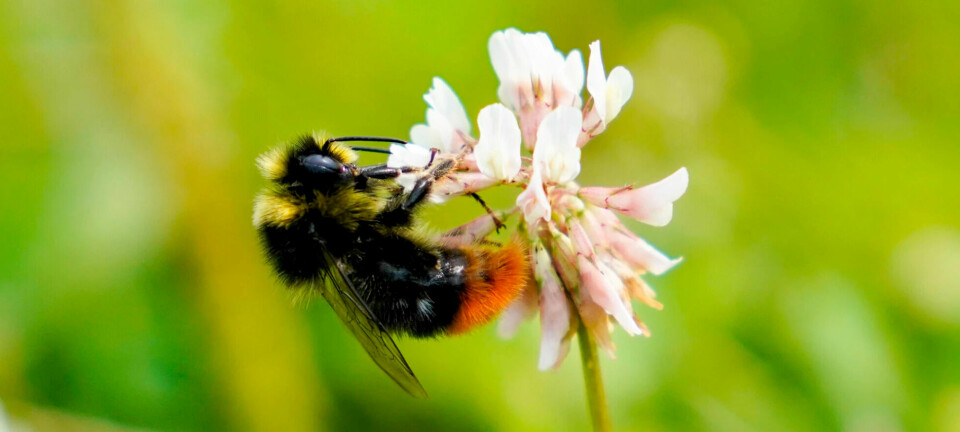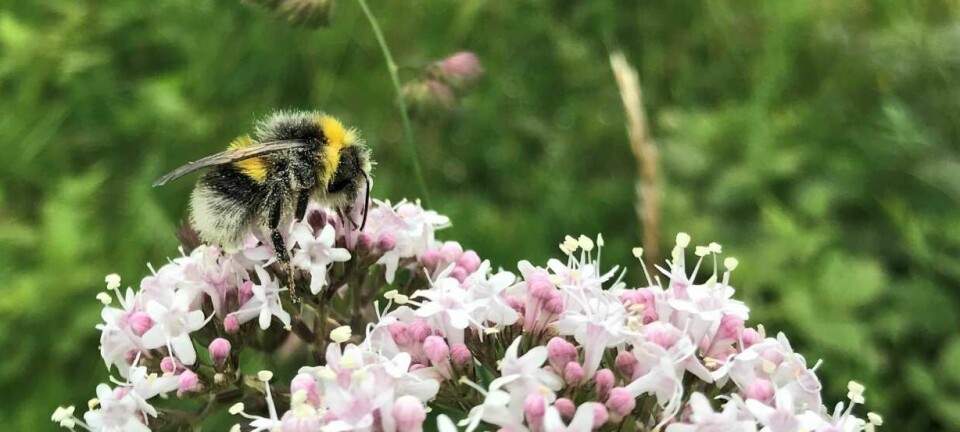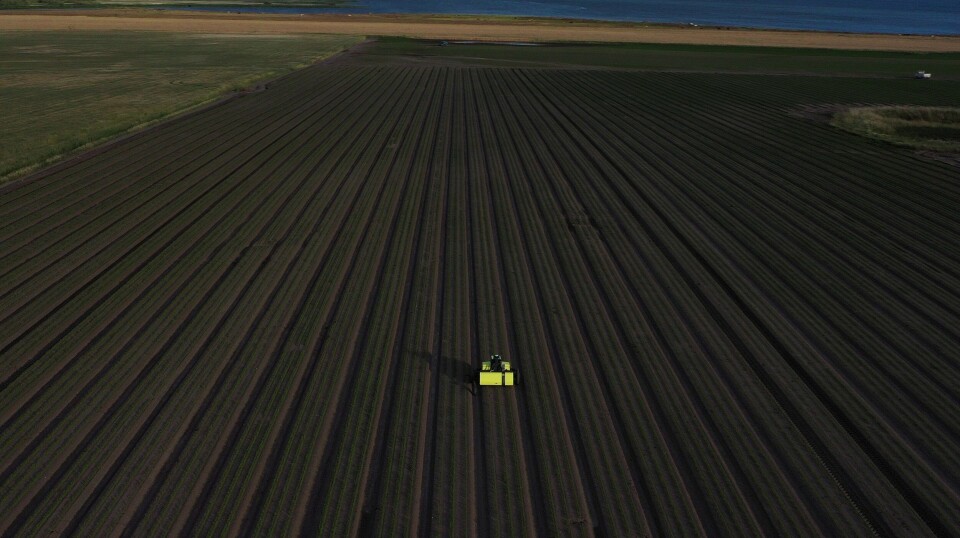
This robot can shoot weeds with poison
“This is just the beginning,” says a researcher.
The plants we eat have bitter enemies on all sides.
Can robots with poison guns help them?
“Aggressive weeds, insects, and fungi are just some of the obstacles,” says Ingeborg Klingen. She is head of research at the Norwegian Institute of Bioeconomy Research (NIBIO).
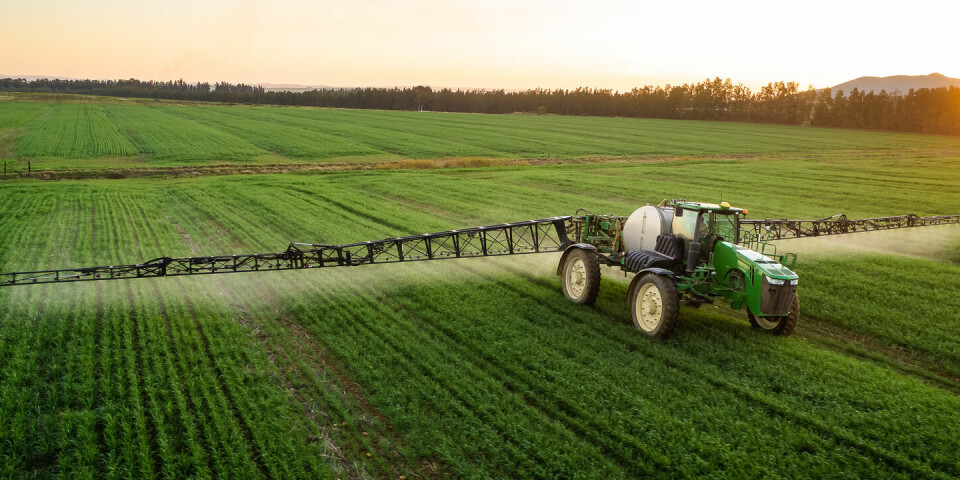
The poison must be placed correctly
It has been common to spray everything – grain, fruit, and vegetables – with chemical herbicides.
“Some of the chemicals end up in our food and other places we don't want them,” says Anders Brevik.
He is the general manager of the company Kilter that makes the yellow AX-1 robot you can see at the top of this article.

“The herbicide also makes our food plants weaker. We want to avoid that,” he says.
Similarly, insecticides should ideally target only the pests harmful to plants while sparing harmless pollinators like bees and bumblebees, which research has shown to suffer cognitive damages upon contact.
We need new solutions, and both researchers and robots are on the case.
A drop is enough
Precision is key when applying poison, a skill that the AX-1 robot is being trained in.
“We have taught the robot AX-1 to compare weeds with pictures of weeds,” says Brevik.
It can do this with artificial intelligence.
Brevik and his colleagues have fed the robot with lots of pictures of various weeds.
The robot can then browse through the album and compare while it drives on the field.
“If it's a weed, the robot gets ready,” he says.
In an instant, it releases a poison droplet, small as a grape seed, precisely targeting the weed.
"Our robot ensures the poison is accurately deployed onto the weed," Brevik assures.
This pinpoint accuracy significantly reduces the volume of herbicides needed.
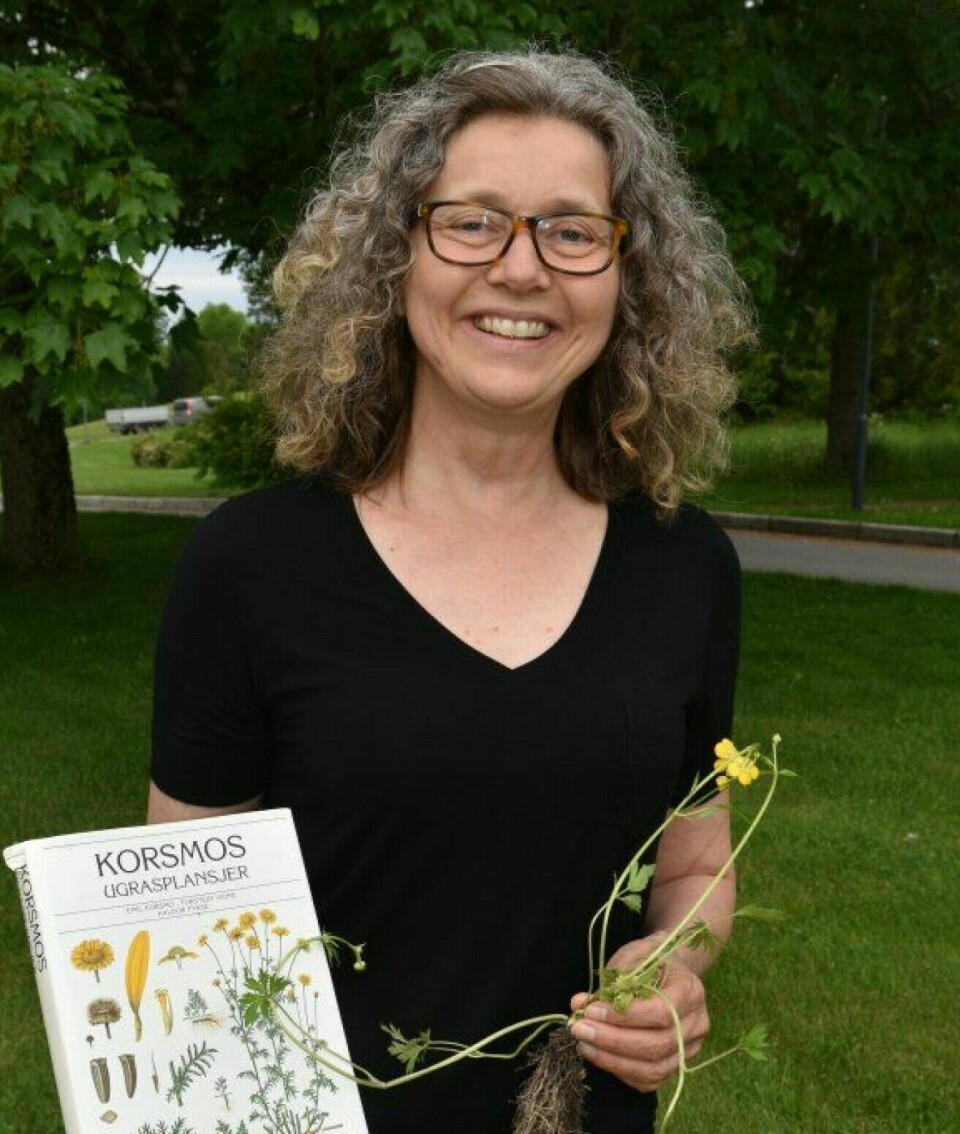
Just the beginning
“It’s great that agriculture gets robots like this. It means we can use much less herbicides while the plants we eat grow better,” researcher Klingen says.
She says that image recognition is just the beginning of how we can protect our plants.
“Research is also being done on sensors that can recognise the smell of pests and fungi that kill our plants,” she says.
In other countries, research is also being done on robots that use lasers against weeds.
“However, caution is needed to avoid misdirecting the laser and causing unintended harm,” she says.
Robots and image recognition offer many possibilities.
“What about giving the robot pictures of trash and then putting it to work in a park? Maybe it can manage to pick up the trash?”
“That’s not a bad idea. Though with many people around, the robot must accurately identify and navigate its surroundings,” says Brevik.
———
Translated by Alette Bjordal Gjellesvik
Read the Norwegian version of this article on ung.forskning.no











